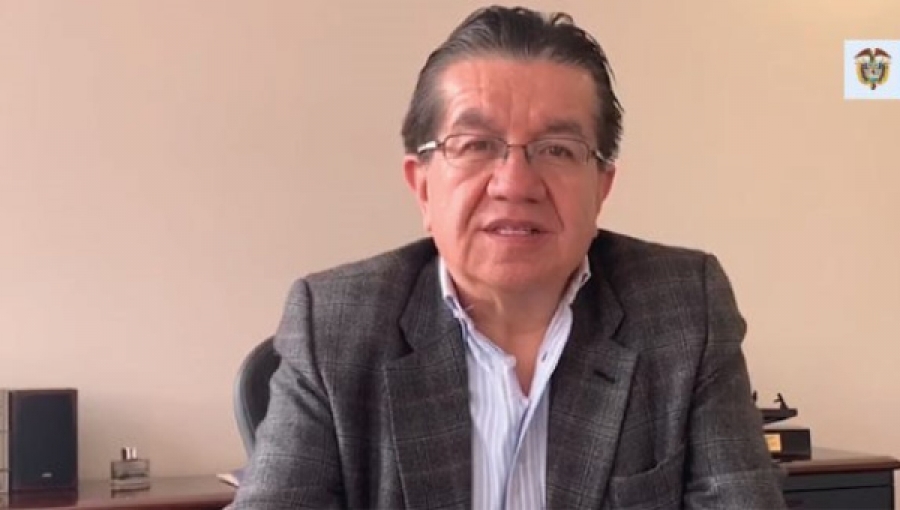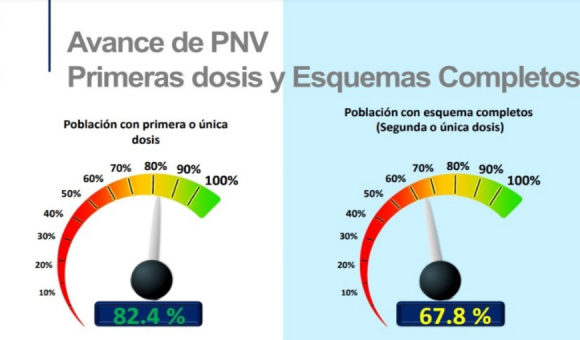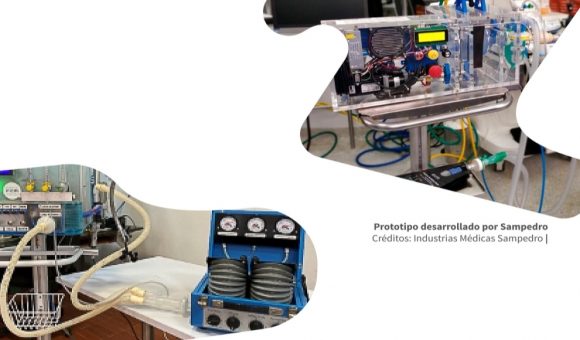Colombia Quarantine to Continue Past April 27 with Gradual Relaxations: Health Minister

Colombia’s Health Minister Fernando Ruiz Gómez announced April 16 that the current national quarantine against Coronavirus infections will continue past the presumptive April 27 deadline expiration.
However, many current restrictions gradually will be relaxed — but only when accompanied by strict health protocols, he revealed.
As of April 16, Colombia had reported 3,233 Coronavirus cases nationally, of which 1,333 were in Bogota, 559 in Cali/Valle del Cauca and 308 in Medellin/Antioquia. So far, 144 deaths are reported from Coronavirus complications nationally, with 550 persons fully recovered to date, according to the Health Ministry.
Unlike the U.S., Europe, parts of Asia and elsewhere, Colombia has to date generally avoided a disastrous spread of Covid-19 — thanks to a general quarantine that started March 20, the Minister noted.
“Colombia opted for a quarantine model in which we have part of the economy functioning: public services, agriculture, food, transportation, medical services and home deliveries, the parts of the economy that support the basics,” he said. “But a society cannot be kept permanently closed,” he added.
In contrast to the current situation in Colombia, countries such as the U.S., Italy and Spain unwisely maintained relatively “open economies” even as Coronavirus cases multiplied. But soon afterward, most of these previously uncautious governments “had to abruptly close down due to the impact of the epidemic curve,” he noted.
In contrast, Colombia took quarantine measures broadly and more promptly, while still maintaining essential services — avoiding catastrophe, yet still maintaining crucial food, medicine, banking, transport, agriculture and public service sectors, he noted.
Now, “we are looking for strategies to open the economy together with [partial quarantine] isolation — and how to establish this gradualness, because a closed economy throughout the year will generate severe problems with unemployment, poverty, hunger and all the implications for people’s health,” Ruiz added.
“What we are proposing from the Ministry is not the termination of the quarantine on April 27. That is not the strategy.
“The strategy is to maintain mandatory preventive isolation for specific groups and mandatory preventive quarantine of the entire population with the option of a very systematic, gradual and controlled global opening of some sectors of the economy — but with the clarity that any eventuality or risk that could be generated will trigger a return to [a stricter] closure, as foreseen in the models that the INS [National Institute of Health] has developed,” he explained.
To enable gradual reopenings of more economic sectors, “new guidelines will have to be created, which, according to Decree 539, are made in a unified way by the Ministry of Health, because what we are looking for is that there be comprehensive protocols for all Colombians,” he concluded.
However, “we have areas in the country that are ahead [of the statistical infection-rate curve], others that are behind in number of cases and curve, but also rural areas where it is much less — and that is because they live at a much greater distance [from cities], which makes the probability of contagion less,” he added.
50% Infection Rate Statistically Possible, Triggering Greater ICU Capacity Building
Meanwhile, the Health Ministry continues to run computerized statistical-probability scenarios tied to contingency plans for treating a potentially broader Covid-19 epidemic, the Minister explained.
“In order to establish the parameters for the needs at the territorial level, we took a [theoretical] indicator that showed that slightly more than 50% of the Colombian population is susceptible,” he said.
“The population that becomes infected in the first wave [under this statistical model] is lower because the proportion of our population that is younger is greater than in countries like China, Italy and France. Another factor that is analyzed is that we have a smoking rate – just 14% — lower than other countries,” he said.
“The updated projection in our country is that 12% of those affected will be asymptomatic and 88% symptomatic. From the latter group, it is necessary to determine whether we’re dealing with [relatively greater numbers of] patients with mild symptoms — requiring outpatient treatment — or severe or critical patients – requiring hospitalization — and thus determine the beds required in intermediate and intensive care.”
Because Coronavirus patients in “critical” state would require intensive care unit (ICU) segregation, the Ministry calculated potential expansion of ICU capacity in Colombia.
“Due to the structure of our health system, where the payment of services is made by event, the majority of providers in our country have had a very great incentive to take patients to intensive care. This led us to have more units of intensive care per capita than many countries,” Ruiz explained.
To address a broader epidemic, “we are not inventing new hospitals [but rather] an expansion of the [existing] network with provision of logistics, medical histories, systems and everything else necessary,” he concluded.
Notably, major cities including Medellin, Bogota, Cali and elsewhere are already moving quickly to increase ICU capacity for an expected increase in future “critical” Coronavirus cases. Medellin leads all Colombia in commercial production of specialized Coronavirus ventilator machines, due for start-up April 20.
















